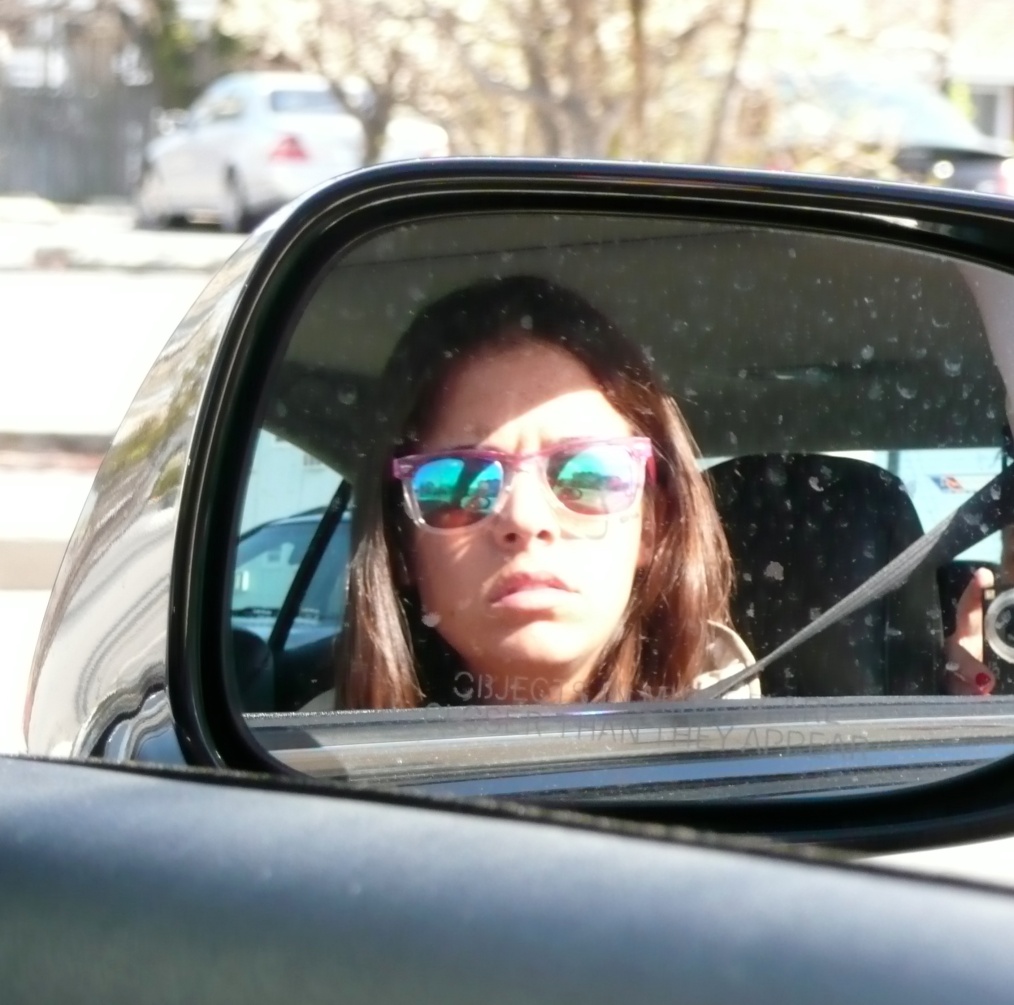At 25 years old, Lady Gaga has swept the world by storm, becoming the first true millennial superstar. Mastering the constant connection of the internet era, Gaga generated countless mini sensations through her style and videos. Her music inspires, upsets, confuses and engages. Each record she produces makes a statement. From interesting cosmetic and wardrobe choices to digitally edited scenes, Lady Gaga’s music video are truly incredible. Her success is a direct result of her artistic decisions, both lyrical and visual, and is the reason why I chose to review her work.
“Born This Way” became a smash hit almost immediately after it was released. The introduction to this music video is quite disturbing and might I venture to say.. disgusting. Gaga’s voice describes an infinite birth of good and evil while we watch her in labor – music resembling Star Wars creates an eerie atmosphere. Symmetry is used to illustrate a child being born into the world with a woman on either side, thrusting their hands forward and backward. Gaga exhibits a painful facial expression, with her legs spread between the two women as if in labor.
She continues to describe the birth of evil as the camera pans downward then upward. Black and white lighting is used to symbolize a sonogram. Shot from a low angle, we observe Lady Gaga struggling with inner conflict between good and evil. The use of lighting, lines, shapes and texture are remarkable and together create a kaleidoscope effect.
With the conclusion of the introduction, “Born This Way” kicked off with Lady Gaga bare skinned and empowered. The lighting emphasized the natural, wholesome image Gaga wanted to portray – to love and accept your body and sexuality.This video could best be described as raw and rugged with Gaga dressed only in black lingerie, her tattoo and imperfections exposed for the world to see.
It shifts from a syncopated group dance scene to her sitting in a chair with exaggerated makeup. There is also a collective group of dancers piled together at one point – uncomfortably so I might add. The video is taken from the center creating an uncomfortable image of deformity.
Focusing on a child’s birth, “Born This Way” in all of it’s weirdness attempted to celebrate difference and promote equality, according to critiques. Personally, I lost interest in the song after having watched the video because of its unsettling nature but others may disagree. I pasted the link below for your convenience – thoughts?




